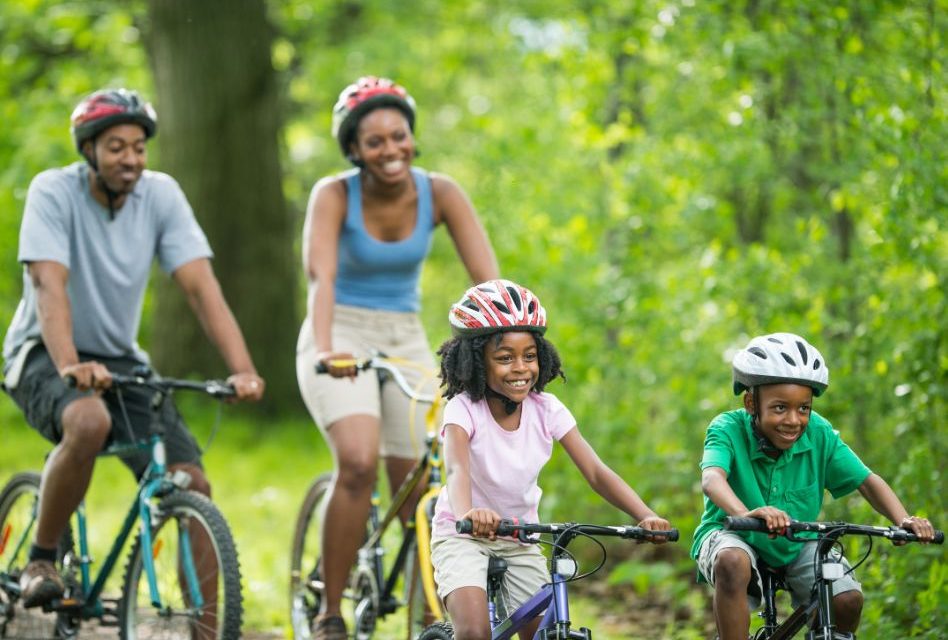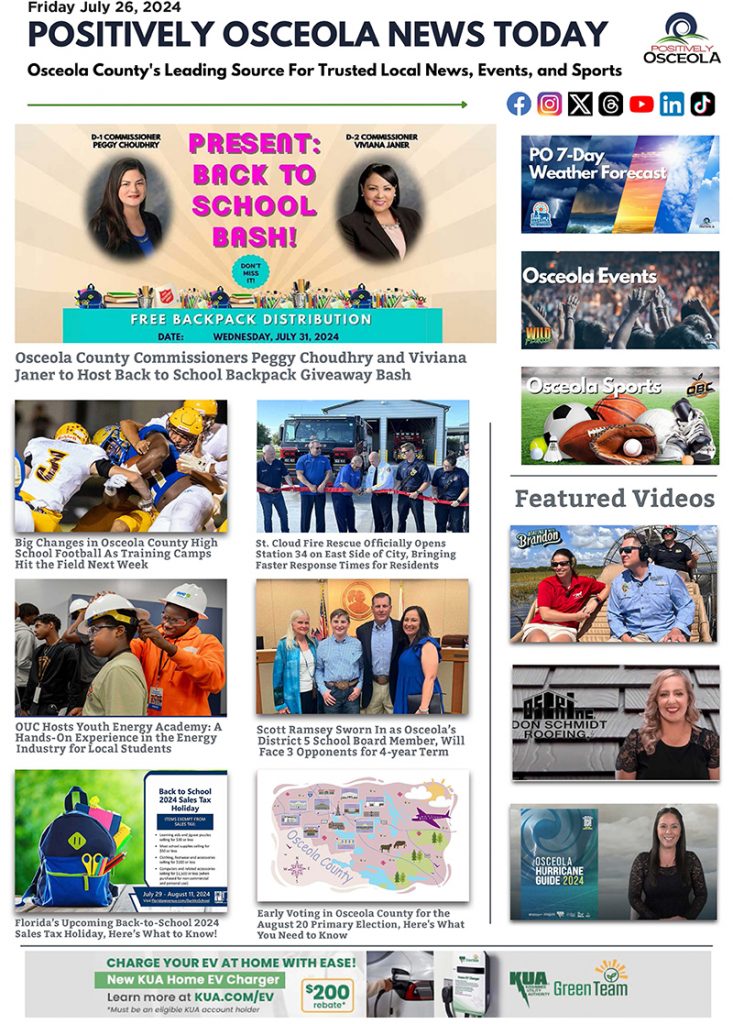
Sean M. McFadden, DO
General Orthopaedics
Orlando Health
Bicycle safety is basically rider safety. You should go out, enjoy our beautiful city and exercise using your bicycle, but you should do so as safely as possible.
While youth (aged 5-19 years) have the highest rate of nonfatal bicycle accidents, adults aged 50-59 have the highest rate of fatalities, according to the Centers for Disease Control and Prevention (CDC). In more than a third of bicycle fatalities, alcohol is involved. Male riders are six times more likely to die and four times more likely to be injured than their female counterparts.
Most bicyclist deaths occur in urban areas and at non-intersection locations, so it’s important to plan ahead before you ride. If you’re new to cycling or rusty, practice in a park, quiet neighborhood or parking lot before entering street traffic. The most common injuries related to bicycling are fractures of the wrist, elbow or clavicle, but by following sound protocols, you can maintain wellness and reduce your chances of injury.
The Gear
- First, ride a bike that fits you. An oversized bike is more difficult to control.
- Make sure your bike is tuned up. Check your brakes, handlebars and seat. Be certain that tires are in good condition, properly inflated and with no noticeable wearing that needs attention.
- To prevent head and brain injury, make certain your helmet fits properly and you always wear it. The further guidance here.
- Opt for brightly colored clothing that allows for high visibility so drivers can see you.
- Ride with reflectors and lights on your bike, and with your lights on during both day and night. That way, drivers will be able to see you better, no matter what the hour.
Rules of the Road
When sharing the road with cars, remember that you are also a vehicle. You must follow the same traffic laws as those driving near and around you. You also must ride defensively and anticipate what other drivers, pedestrians and cyclists might do before they act, to avoid collisions.
- Stay alert. Put away electronic devices, headphones and telephones.
- Drive with the flow, in the same direction as traffic, obeying all street signs and signals.
- Watch out for obstacles ahead — train tracks, potholes, cracks, toys and stones.
- Avoid sidewalk riding whenever possible. If you must use them, remember to slow down near driveways and call ahead to pedestrians as you approach.
- When on a path, slow down if pedestrians are around and sharing the trail. Let them know when you are passing in case they make a sudden turn.
Getting Organized
- Map out your route beforehand. Choose routes with less traffic, slower speeds or, ideally, a bike lane or path. Many different technological tools can assist with this. The more knowledgeable you are about the area beforehand, the better.
- Have a flat-tire kit with you at all times.
- Carry all items in a backpack or strapped to the back of the bike.
- Tuck or tie shoelaces and pant legs so they avoid getting caught in your bike chain.
- When you can, ride as a group. When you have several other riders with you in close proximity, drivers can see you more easily. There is added safety in numbers.
SOURCE: ORLANDO HEALTH




















